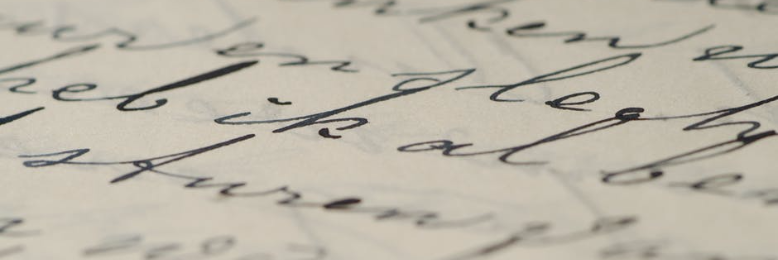The Great Power of the 1st Paragraph: How to Make It Engaging?
Every writer hopes to draw the audience to their content through the title they use. However, what determines whether the reader goes through the whole content or simply ignore it, is the first paragraph. Does it appeal to your audience to read more?
It begs the discussion on how to write an engaging first paragraph. Remember, if you write your article while bored, the same will pass to your audience. While it is possible to draft a whole article with an online rewriting tool, you will need to invest time and thought into your introduction.
If writing the introduction for a particular piece of article is giving you a headache, you can always start with the content that falls into the body of the article, and finish with an intriguing introduction that will hook the audience. It isn’t a matter of rocket science, but with practice and the willingness to learn, comes a long way.
What do readers Look for in an Introduction?
a) Start with a story
You can use a story as an introduction to your article. The story should give detail on how it relates with the overall essay. In this kind of introduction, however, one is likely to get lost in the story and ends up rambling.
It should be a short story to form a connection with the audience. Your article introduction, shouldn’t be too long either, as the primary intent or rather message, of your story, will get lost in the story.
b) Build empathy with the audience
We are more likely to read through an essay that we can relate to, than otherwise. As a writer, it is therefore important to empathize with the audience. You could use phrases such as; we can associate, etc. You want the audience to connect with the article and be able to see them in that particular situation that you would like to address.
When you point out something that they can relate to, you can get their attention, and the audience will want to read more of the content.
c) Use a “you” opening
As you use an online paragraph rewriter rephrase your source materials, you could use the reference ’you,' in your opening. A paragraph that has you addresses the reader directly. They often start in the form of a question, but not always. Example, “Do you check your emails, daily?”
To make such an introduction enticing to the reader, try and picture the ideal audience. What could be bothering them or what could they be doing at the moment? Describe these details in your first paragraph and use the word “you.”
d) Show expertise
It primarily applies to company blog posts. You can start the first paragraph of some of your blog posts with a description of your expertise in a particular field. It is a great content marketing strategy.
The reader will be more attentive and willing to read the article if they can feel that you are an expert in a particular field. You can refer to customers needing to know more about a certain product or provide answers for a common set of questions, that people ask your team.
e) Use “I” or “me.”
Many may not be comfortable with using this kind of approach in the first paragraph. However, it is a way to help the audience connect with the story by recognizing and relating to your feelings. You are not writing a monologue.
Therefore, your writing should try to converse with the reader. Ask a question that the reader could even nod to or answer in their head.
Conclusion
How you draft your introduction will determine whether the reader gets hooked or not. It is, therefore, important to invest in your introduction. The above tips will help you make your introductions engaging to the audience who will want to read more of the article.
